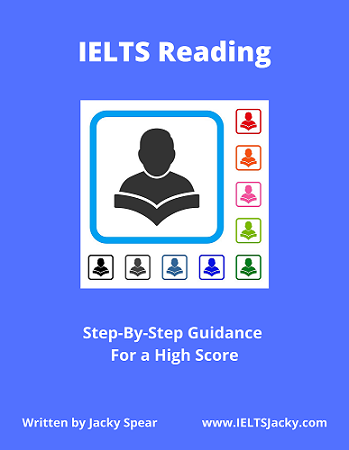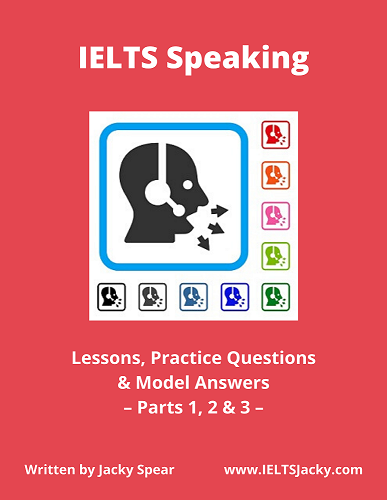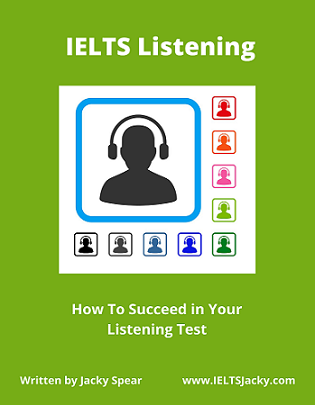IELTS Letter Samples
How To Write an Explanation Letter
The IELTS letter
samples in this lesson are both letters of explanation, a common type of letter
in the General Writing exam.
In the lesson, I'm going to show you step-by-step how to plan and write explanation letters. Here’s what we’ll be covering:
- Question structure
- Letter structure
- Formal or informal?
- Greeting & signoff
- Generating ideas
- Sample
letters
Question structure
All questions for IELTS letters have the same structure. They are made up of 3 parts.
Part 1 – The topic.
Part 2 – The person you must write to.
Part 3 – What you should write about (listed as 3 bullet points).
Here is a sample question for an explanation letter with the 3 parts illustrated.
IELTS letter samples - question 1
|
Understanding this will help you to quickly analyse the question and plan your answer. To help you plan, use the letter structure below.
For a full lesson on planning, including more IELTS letter samples, click here: How To Plan IELTS Letters
Letter structure
The layout of your letter should follow the structure of the question and consist of four paragraphs with a greeting at the beginning and a signoff at the end.
Use this easy to remember 6 part structure.
1) Dear .....
2) Paragraph 1: Purpose – why you are writing
3) Paragraph 2: Write about 1st bullet point
4) Paragraph 3: Write about 2nd bullet point
5) Paragraph 4: Write about 3rd bullet point
6) Signoff
All you need to do to create your plan is to add in the details from the question, like this:
1) Dear .....
2) Paragraph 1: Purpose – to tell your friend about your trip
3) Paragraph 2: give a brief update of your life since last in touch (bullet point 1)
4) Paragraph 3: explain why you will be travelling to his/her town (bullet point 2)
5) Paragraph 4: say what you plan to do when you visit their town (bullet point 3)
6) Signoff
Formal & Informal Letters
Your letter must be written in the appropriate tone and style. There are two options:
- Formal – to someone you don’t know or don’t know well.
- Informal – to a friend.
It is essential that you are able to identify what type of question you’re required to write. Follow this general:
- If the question includes the word ‘friend’, use informal language.
- If the question does not include the word ‘friend’, use formal language.
To learn more about formal and informal letters and see two more IELTS letter samples, click here;
The person we are writing to in this question is a friend so, we will write an informal letter. This leads us on to the opening of the letter – the greeting.
The Greeting & Signoff
The Greeting
Always start an informal letter with ‘Dear...’ followed by the first
name of the friend, e.g. Dear Ellen,
You probably use ‘Hi...’ and ‘Hello...’ in emails and texts but for letters, ‘Dear...’ is more appropriate, so stick with this.
For a formal letter there are two options for the greeting:
- Use Dear Sir or Madam if you don’t know the name of the person you are writing to.
- Use Dear + surname if you do know their name, e.g. Dear Mr Smith or Dear Mrs Jones.
The greeting you use will determine how you sign off your letter.
The Signoff
For an informal letter to a friend, use one of these phrases followed by your first name:
- All the best
- See you soon
- Keep in touch
For example,
Keep in touch,
Jacky
For a formal letter, there are two main options. The correct one will depend on who you are addressing:
- Dear Mr Smith (name known) – Yours sincerely
- Dear Sir/Madam (name unknown) – Yours faithfully
Always sign off a formal letter with your full name, e.g. Jacky Spear
For our sample
letter, we will use this greeting and signoff:
Dear Ellen...
....I hope to see you soon,
Jacky
We are now ready to think up some ideas to write about. We have the guidelines of the 3 bullet points to help us so this won’t be difficult.
How To Generate Ideas for an Explanation Letter
You only have to write 150 words, so you won’t need many ideas but do make sure that you write about each bullet point and develop each idea fully.
They don't have to be the best ideas you can possibly think of. Go with your first thoughts and don’t waste time trying to think of better ideas. However, they must relate directly to the bullet points.
Note them beside each bullet point on the exam paper, like this:
You are
planning a holiday abroad and will be visiting a town where an old friend
lives. You haven't spoken to this friend in a few years.
Write a letter to your friend. In your letter:
- give a brief update of your life since last in touch
Got engaged, bought flat
- explain why you will be travelling to his/her town
Coach tour of Scotland
- say what you plan to do when you visit their town
Visit Edinburgh Castle
That’s our planning complete. Once you’ve had some practice, you’ll be able to do this in just a few minutes. Taking time to plan makes writing IELTS letters far quicker and easier than if you don’t do this step. You will also write a better letter and get higher marks.
We're now ready to start writing our letter.
Writing the Letter
Here’s our plan again with all our notes added in.
1) Dear .....
2) Paragraph 1: Purpose – to tell your friend about your trip
3) Paragraph 2: give a brief update of your life since last in touch
Got engaged, bought flat
4) Paragraph 3: explain why you will be travelling to his/her town
Coach tour of Scotland
5) Paragraph 4: say what you plan to do when you visit their town
Visit Edinburgh Castle
6) Signoff
We’ve already decided on the greeting so we’ll start with paragraph 1.
Paragraph 1
In the first paragraph, you must state the reason for writing the letter, that is, its purpose.
Paragraph 1: Purpose – to tell your friend about your trip
Many students make the mistake of missing this purpose sentence out but it's very important. Including it will gain you marks.
It only requires one sentence. For example,
I’m just writing to let
you know that I’m going to be visiting Edinburgh in a few months' time.
Top vocabulary tip: One of the easiest ways to show the examiner that you know you are writing an informal letter is to use contractions, e.g.
I’m, I’ve, you’ll, we'd, they're
Do not use contractions in formal letters. They are informal language.
Paragraph 2
In the second paragraph, you write about bullet point 1. Remember to
keep the language informal for this question.
Paragraph 2: give a brief update of your life since last in touch
Got engaged, bought flat
You could write something like this.
So much has
happened since I last wrote so I’ll quickly bring you up to date before telling
you about the trip. The big news is that Jamie
and I have finally got engaged. He even got down on one knee to propose which
was so romantic. The wedding is planned for June next year and we do hope you
can come. We‘ve also bought a flat and we moved in together last month.
Paragraph 3
The third paragraph should cover the second bullet point.
Paragraph 3: explain why you will be travelling to his/her town
Coach tour of Scotland
The holiday we’ve
booked is a two-week coach tour of Scotland. We’re spending most of the time on
the west coast and in the Highlands but we also get a full day in Edinburgh on
12th May.
Paragraph 4
Paragraph 4 addresses the third bullet point.
Paragraph 4: say what you plan to do when you visit their town
Visit Edinburgh Castle
The trip includes
a guided tour of Edinburgh Castle in the morning but we’re then free for the
rest of the day. It would be fantastic to catch up with you if you’re able to
meet us for tea somewhere. Let me know if you can make it.
Now we just need to add the signoff we decided on earlier and our letter is complete.
IELTS Letter Sample
Here is the finished letter.
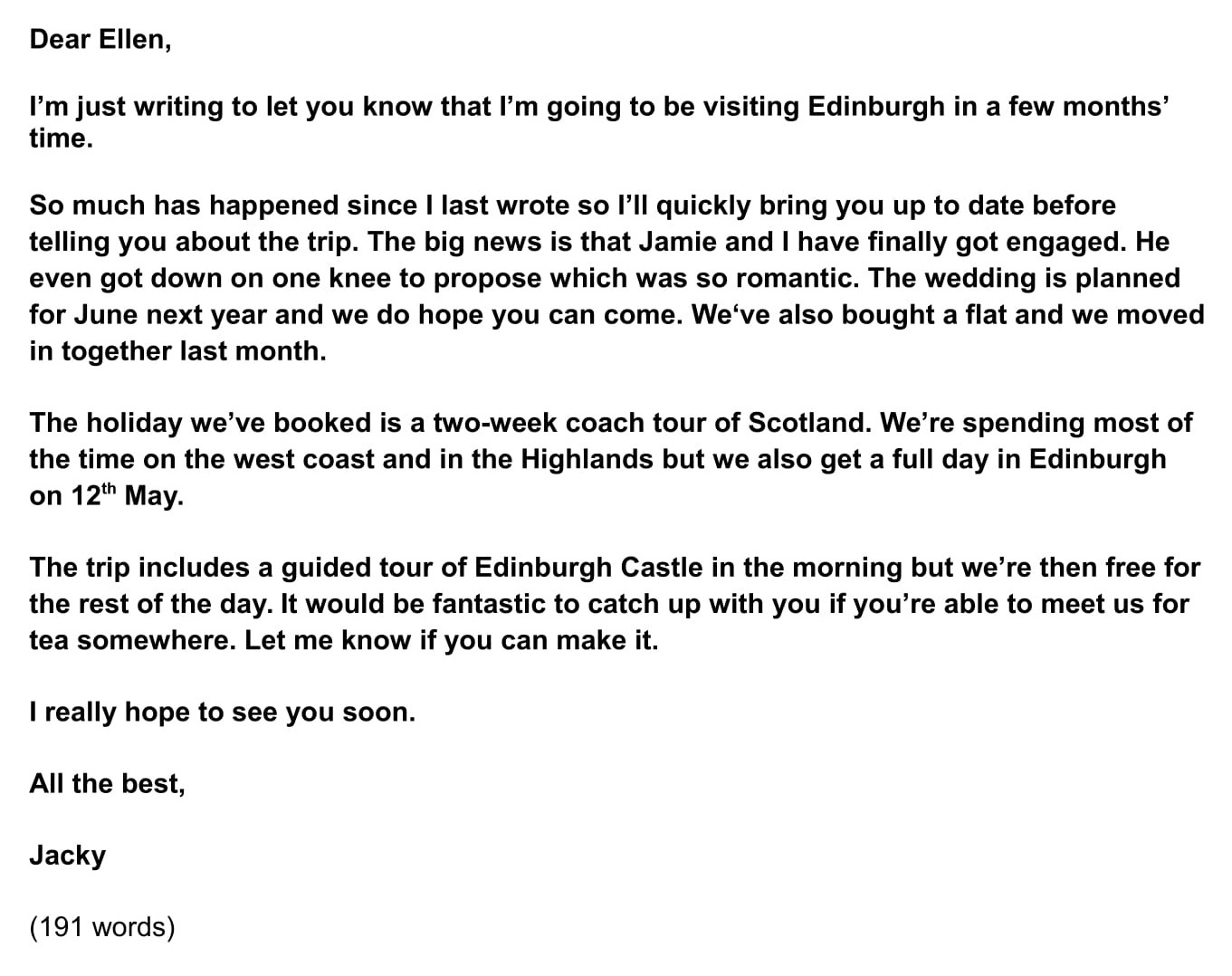
Practice Question
To get some practice writing an explanation letter, write a letter for the question below.
IELTS letter samples - question 2
You rent a four-bedroom house, which you share with three friends. However, there are several problems with this house that need fixing.
Write a letter to the letting agency. In the letter:
- explain your situation
- describe the problems with the house
- say what you would like to happen
This letter is
to someone you don’t know so must be written in a formal tone and style. Use
the planning structure I showed you above to plan before you start writing.
Here’s a sample letter. Can you identify the language and grammar structures I’ve used to give it an informal tone? Note that it doesn’t contain any contractions.
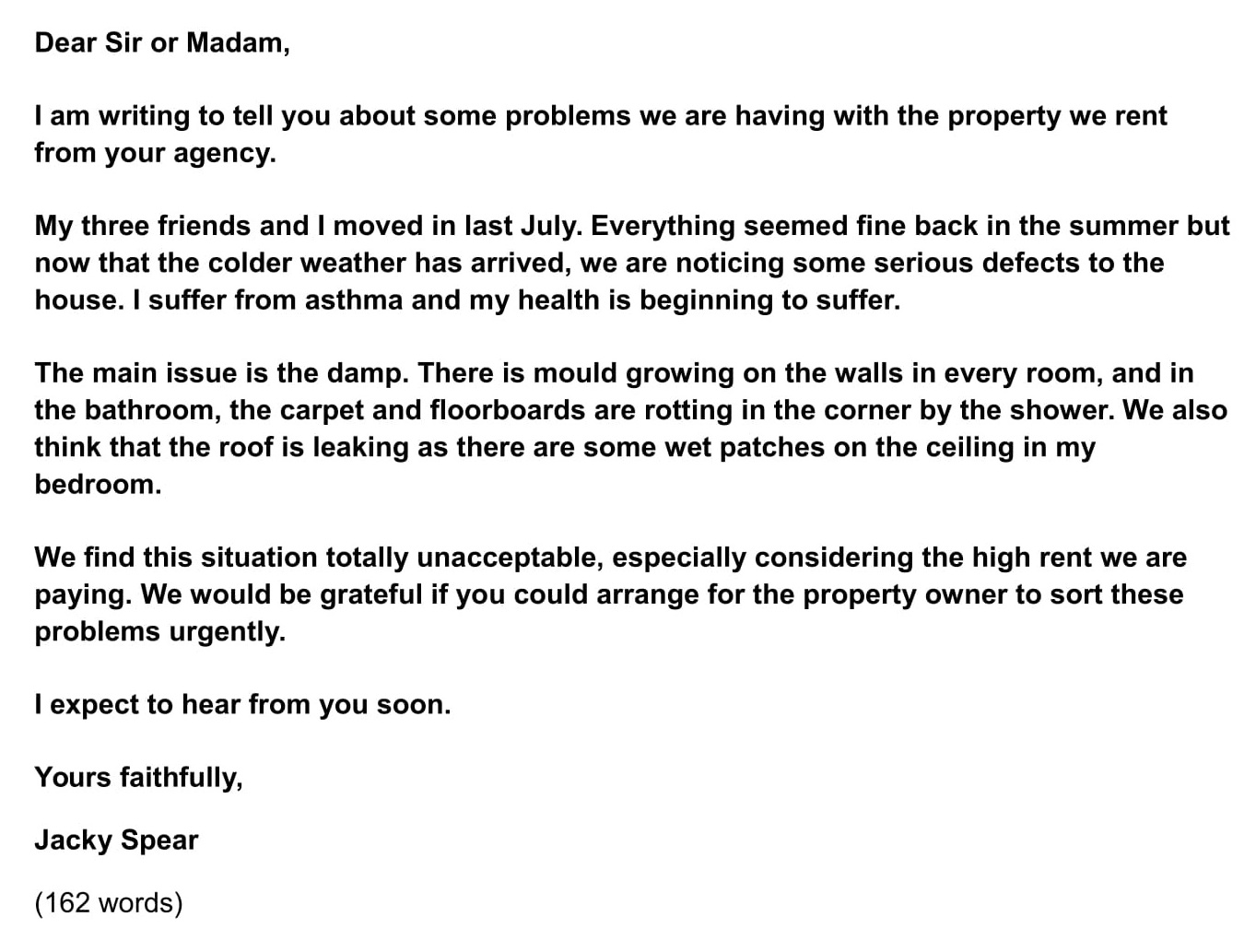
You'll find more IELTS letter samples in the lessons below.
|
Want to watch and listen to this lesson? Click on this video. |
Like this page?
Common Letter Topics
IELTS General Writing Task 1 – All Lessons
Includes many IELTS letter samples.
IELTS General Writing – A summary of the test including important facts, test format & assessment.
Letter
Format – The format, the 7 topics, letter
structure, formal & informal, assessment & marking criteria, sample
questions. Essential information you need to know.
Letter Writing Tips – Learn top tips on how to meet the assessment and marking criteria and achieve a high score.
Letter Writing Structure – Find out how to use this easy to learn letter structure to write a high-scoring letter. Includes a model answer.
How To Plan a Letter – Learn a simple 5 step process & 6 part letter structure. Also, help to understand the question & generate ideas.
Formal or Informal – How to decide what type of
letter to write. Sample questions & 2 model letters.
Letter Writing Vocabulary – Learn useful phrases to help you achieve a high score. Also, know how to start & end your letter.
How To Write an Informal Letter – Step-by-step instructions, simple 4 step plan & 6 part letter structure, model letter.
How To Write a Formal Letter – Step-by-step instructions, simple 4 step plan & 6 part letter structure, model letter.
Letter Topics – Learn the 7 most common letter topics & other popular subjects. Includes 20 sample questions.




